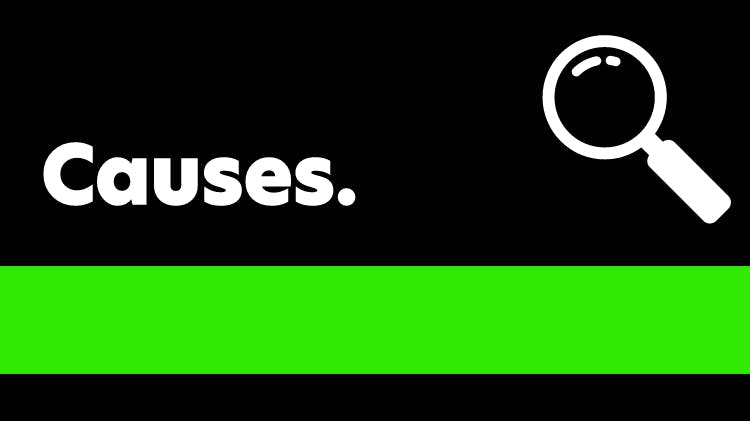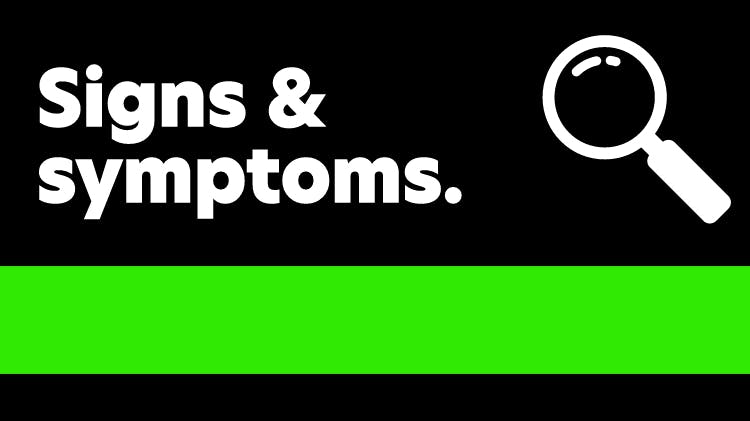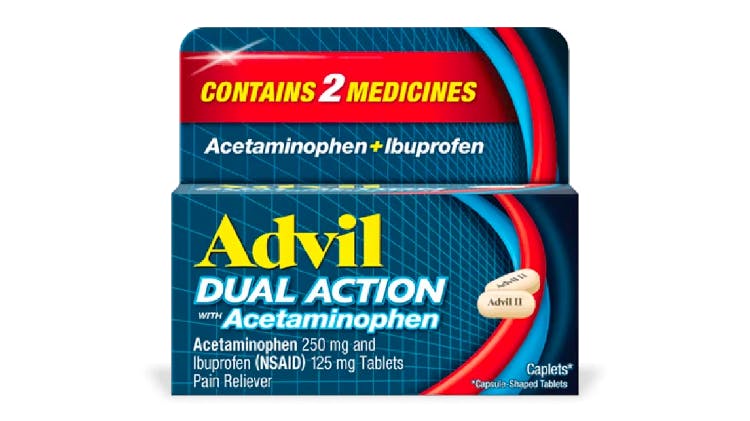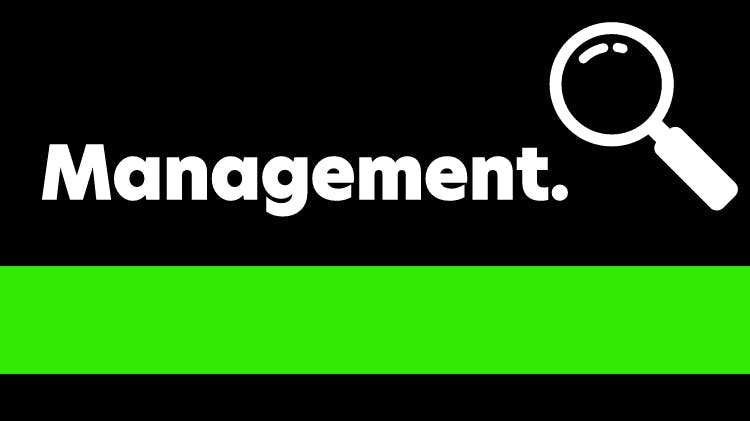Impacting one out of every two Americans, musculoskeletal pain is any pain or discomfort that stems from the body’s joints, ligaments, muscles, nerves, tendons, and/or structures that support our limbs, neck, and back. The bones and joints in our bodies support our weight as we go about daily activities, and they can develop pain from injury, age, or overuse. This pain can be acute or chronic, potentially persisting for months and years. The most common forms of musculoskeletal pain include:
- Low back and neck pain. Lumbar/low back pain and cervical/neck pain are among the most common medical conditions requiring medical care and affecting an individual’s ability to work and manage the daily activities of life. Back pain is the most common physical condition for which patients visit their doctor.
- Arthritis pain. According to the CDC, Arthritis affects about 1 in 4 adults in the US and describes more than 100 conditions that affect joints, joint tissues, and other connective tissues. While there are many types of arthritis— including osteoarthritis, rheumatoid arthritis, gout, lupus, and fibromyalgia—the most common type of arthritis in the US is osteoarthritis, which affects over 30 million Americans. Arthritis means inflammation or swelling of one or more joints.
- Injury-related pain. Musculoskeletal injuries can occur anytime, whether through sports, at work, during physical training, or in sudden impacts such as falls or accidents. Common injuries include bone fractures, joint dislocations, muscle sprains & strains and contusions.
Fortunately, there are steps patients can take to manage their pain with the guidance of their healthcare providers. While treatment plans are dependent on the underlying cause and type of musculoskeletal pain that patients are experiencing, common pain management options include physical therapy, occupational therapy, hot and cold therapy, therapeutic massage, and over-the-counter pain relievers like oral or topical nonsteroidal anti-inflammatory drugs (NSAIDs), among others.
The Impact of Long-Term Musculoskeletal Pain
Musculoskeletal pain can significantly decrease patients’ quality of life over time. Constant, lingering pain can be utterly debilitating, leading to missed workdays and lost wages, premature retirement, a declining sense of wellbeing, and a reduced ability to participate in society. Beyond the personal toll musculoskeletal pain can take on patients, it’s also becoming a growing source of health and economic burden in the US at large. In 2016, musculoskeletal disorders were the top driver of healthcare spending in the US, with an estimated annual cost of over $380 billion—exceeding that of diabetes ($309.1 billion) and cardiovascular disease ($255.1 billion).1







